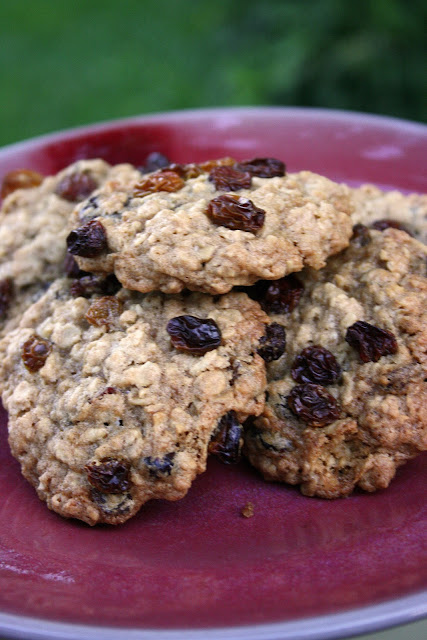Elizbaeth Kohlbert describes, among other things, two ethnographic studies done collaboratively by two anthropologists in the early 2000s, in LA and in Peru, which found drastically different approaches to parenting and--as a result--patterns of behavior: the Peruvian children were cooking their own food at age 3, left to their own devices by their parents; the eight year old Angelenos were still asking parents "how am I supposed to eat" when they found no silverware on the table, despite the fact that they knew perfectly well where it was kept, and parents would whisk away to get them utensils.
There's a pretty common name for the phenomenon among my higher education colleagues: helicopter parents. It's not meant to be derogatory so much as descriptive: the phrase conjures parents hovering above their (semi-adult, in this case) children, ready to swoop down at a moment's notice to fix whatever it is that needs fixing. In most cases, the children don't even ask for help; it simply appears.
I read the article with interest, because I think we tend to do a bit of both over- and under-parenting. Our son is Montessori-educated, and Montessori philosophy teaches that children are capable of doing a great deal by themselves, and that we should only help if they ask for it, that we should allow them to become self-reliant. (This holds true even when responding to the incessant questions children ask: we often start with "what do you think," rather than offering an immediate answer.) Our house is not child-centered, but child-friendly: the shelves are filled with both adult books and with toys, there are few toys on the floor in shared family spaces, and we periodically purge their rooms of clutter. On the other hand, there are times when I just need to get out the door, and I've been trying to get out the door for fifteen minutes already, and it's easier to carry my son, protesting all the way, than to make him walk.
So: what do you think? Do we do more for our children because we have a lower opinion of our children's capacities? Is it that we fear they won't "make it" in this competitive economy, and so we overparent in hopes that we might be able to control their advantage? Are we prolonging adolescence in preparation for an increasingly complex world?
Chard is typically a slightly bitter green. We've been getting quite a lot of it in our CSA share, and I like it in this dish because the chard is not overpowering, and it's certainly not bitter. It's like motherhood and apple pie turned on its head: you sneak that bitter vegetable into the flaky pastry crust, bake them in cute little muffin shapes, and no one is the wiser ... but everyone gets more than their daily recommended allowance of vitamins A, K, and C.
 Chard Pie
Chard Pie 1 pound Swiss chard, stems and ribs removed
1 small onion, finely diced
1 T. butter
1 1/2 T. extra-virgin olive oil
1 garlic clove, minced
1 15-ounce container part skim ricotta cheese
1/2 c. freshly grated Parmesan
2 large eggs
1/2 t. salt
1/4 t. minced fresh thyme
1/4 t. minced fresh oregano
1/2 17.3-ounce package frozen puff pastry (1 sheet), thawed
Cook chard in large pot of boiling salted water until just wilted, about 2 minutes. Drain. Squeeze out liquid. Chop chard.
Melt the butter in a heavy large skillet over low heat. Add the onions and cook slowly, stirring often, to caramelize, about 5-10 minutes. Empty onions into a bowl and set aside.
Heat oil in heavy large skillet over medium heat. Add garlic; saute 1 minute. Add chard; saute until excess liquid evaporates, about 5 minutes. Transfer chard mixture to large bowl. Cool slightly. Mix in onions, ricotta and next 5 ingredients.
Position rack in bottom third of oven; preheat to 375°F. Roll out 1 pastry sheet on lightly floured surface to 12-inch square. Cut into 9 equal squares. Transfer pastry squares to 9 muffin cups (either lightly oiled with cooking spray, or preferably, use silicone). The corners will overhang the sides; that's OK.
Fill pastry with 2 t. or so of caramelized onion and then chard mixture. Bake until pastry is golden brown, about 45 minutes. Cool 10 minutes, but serve warm!









